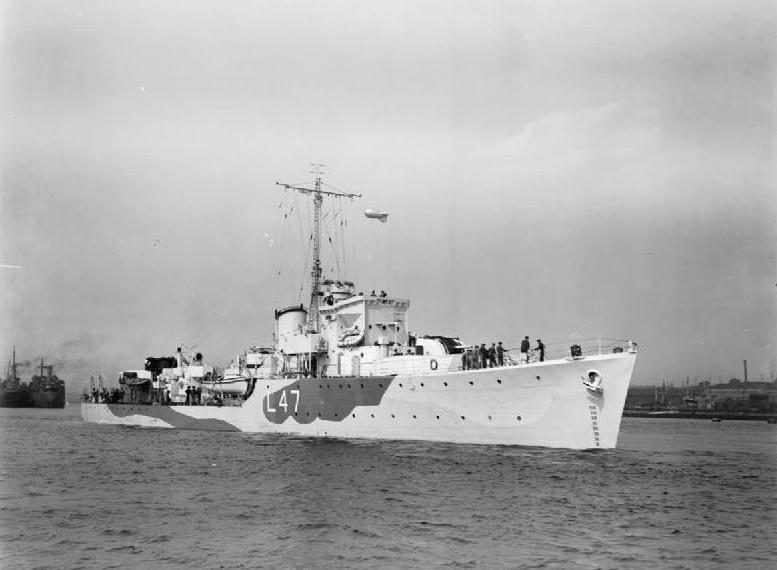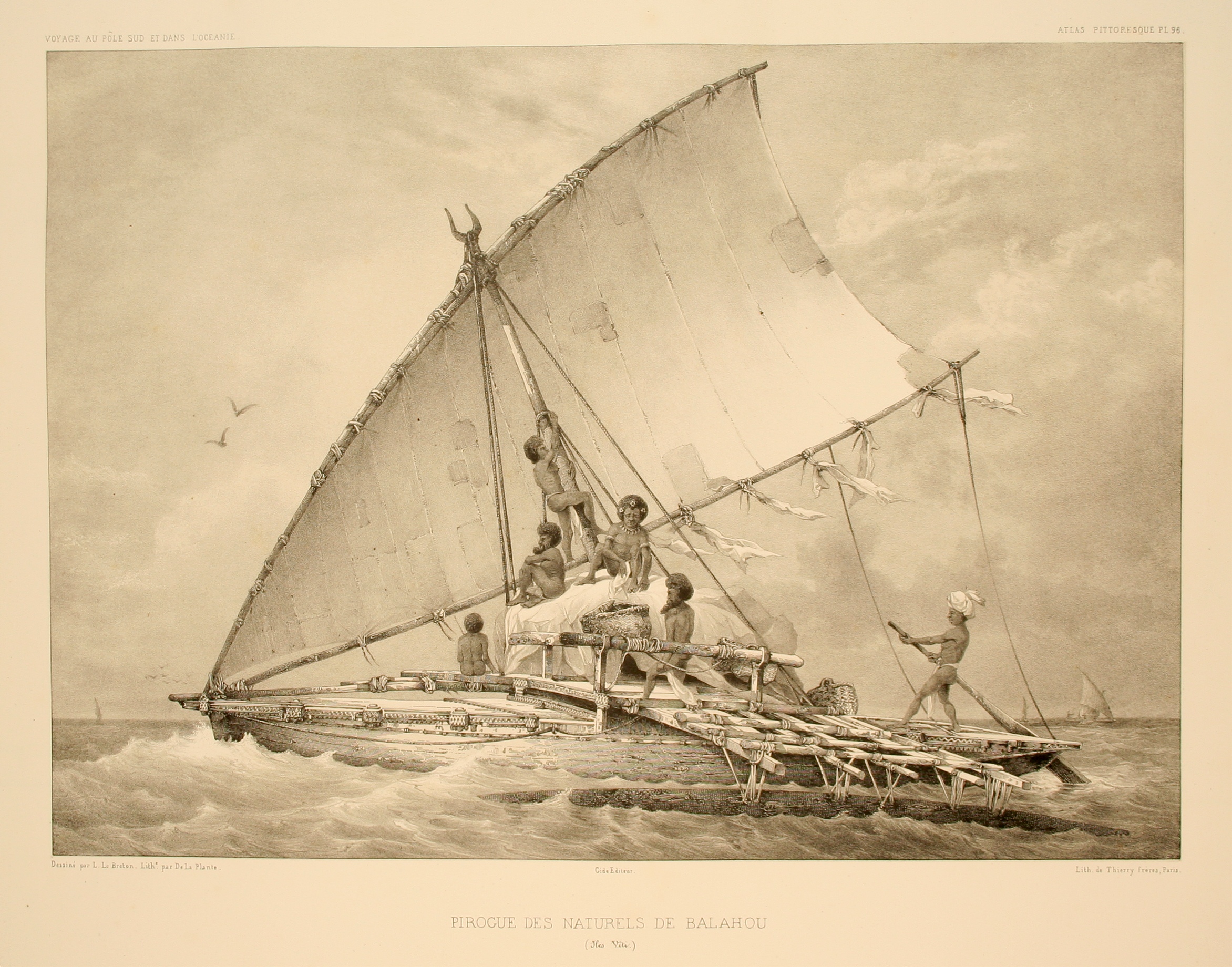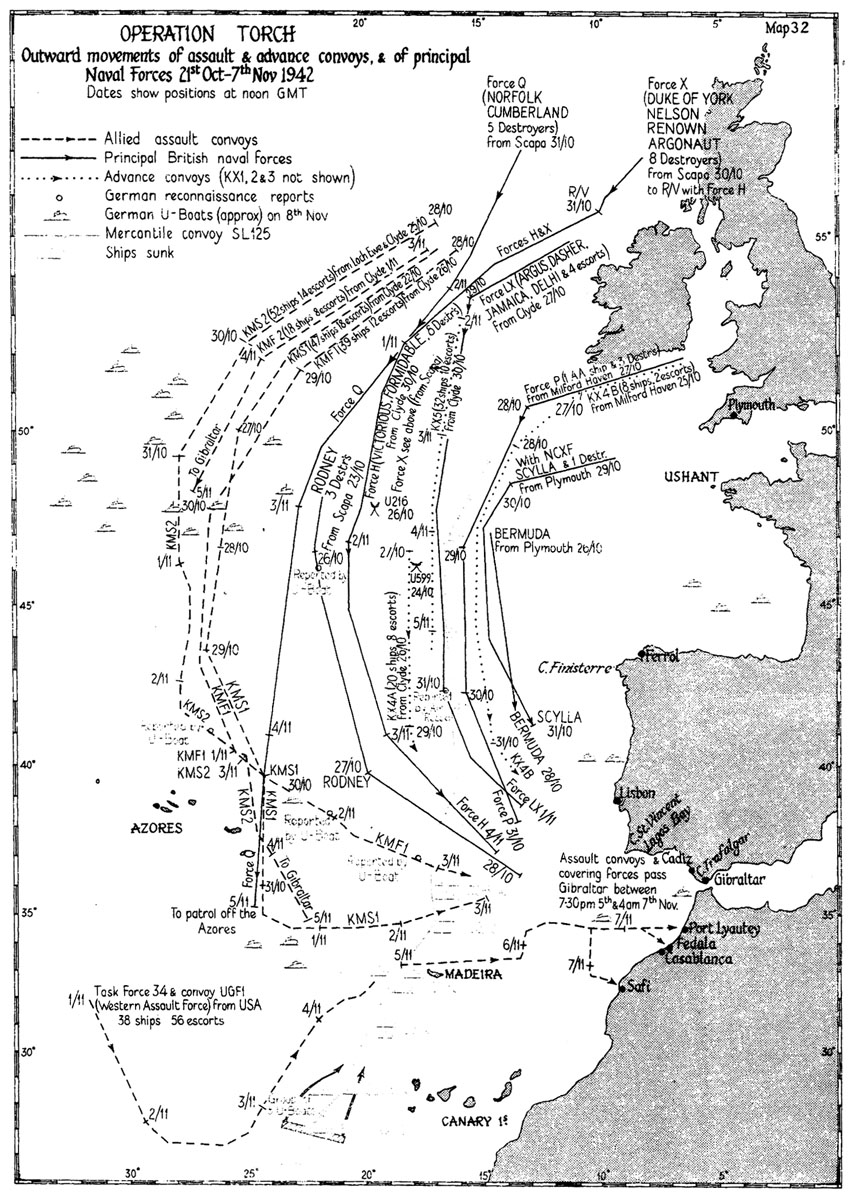|
HMS Blean (L47)
HMS ''Blean'' was a Hunt-class destroyer#Type III, Type III of the Royal Navy. She was named after the Blean Beagles Hunt at the village of Blean just north of Canterbury. She had the shortest career of any of the Hunt-class destroyers. Built at Hebburn-on-Tyne by Hawthorn Leslie, she was laid down on 22 February 1941, launched on 15 January 1942 and commissioned on 23 August 1942. Service history After working up at Scapa Flow followed by some repairs on the Thames she escorted a convoy to Gibraltar arriving on 2 November 1942. She then joined the 58th Destroyer Division escorting Operation Torch convoys. While escorting the British convoy MKF-4 off the Algerian coast, ''Blean'' was torpedoed by on 11 December 1942 north-west of Oran. The U-boat aimed one torpedo against her and then one against the convoy, but both hit ''Blean'' and she sank within four minutes with the loss of 89 men. A memorial to her was unveiled in the church of St. Cosmus and St. Damian in the villa ... [...More Info...] [...Related Items...] OR: [Wikipedia] [Google] [Baidu] |
D2 1 B
D, or d, is the fourth Letter (alphabet), letter in the Latin alphabet, used in the English alphabet, modern English alphabet, the alphabets of other western European languages and others worldwide. Its name in English is English alphabet#Letter names, ''dee'' (pronounced ), plural ''dees''. History The Semitic languages, Semitic letter Daleth, Dāleth may have developed from the logogram for a fish or a door. There are many different Egyptian hieroglyphs that might have inspired this. In Semitic, Ancient Greek and Latin, the letter represented ; in the Etruscan alphabet the letter was archaic, but still retained (see letter B). The equivalent Greek letter is Delta, Delta (letter), Δ. Architecture The Lower case, minuscule (lower-case) form of 'd' consists of a lower-story left Typeface anatomy#Strokes, bowl and a Typeface anatomy#Strokes, stem ascender. It most likely developed by gradual variations on the upper case, majuscule (capital) form 'D', and today now composed ... [...More Info...] [...Related Items...] OR: [Wikipedia] [Google] [Baidu] |
Royal Navy
The Royal Navy (RN) is the United Kingdom's naval warfare force. Although warships were used by Kingdom of England, English and Kingdom of Scotland, Scottish kings from the early medieval period, the first major maritime engagements were fought in the Hundred Years' War against Kingdom of France, France. The modern Royal Navy traces its origins to the early 16th century; the oldest of the British Armed Forces, UK's armed services, it is consequently known as the Senior Service. From the middle decades of the 17th century, and through the 18th century, the Royal Navy vied with the Dutch Navy and later with the French Navy for maritime supremacy. From the mid 18th century, it was the world's most powerful navy until the World War II, Second World War. The Royal Navy played a key part in establishing and defending the British Empire, and four Imperial fortress colonies and a string of imperial bases and coaling stations secured the Royal Navy's ability to assert naval superiority ... [...More Info...] [...Related Items...] OR: [Wikipedia] [Google] [Baidu] |
Ships Sunk By German Submarines In World War II
A ship is a large watercraft that travels the world's oceans and other sufficiently deep waterways, carrying cargo or passengers, or in support of specialized missions, such as defense, research, and fishing. Ships are generally distinguished from boats, based on size, shape, load capacity, and purpose. Ships have supported exploration, trade, warfare, migration, colonization, and science. After the 15th century, new crops that had come from and to the Americas via the European seafarers significantly contributed to world population growth. Ship transport is responsible for the largest portion of world commerce. The word ''ship'' has meant, depending on the era and the context, either just a large vessel or specifically a ship-rigged sailing ship with three or more masts, each of which is square-rigged. As of 2016, there were more than 49,000 merchant ships, totaling almost 1.8 billion dead weight tons. Of these 28% were oil tankers, 43% were bulk carriers, and 13% were co ... [...More Info...] [...Related Items...] OR: [Wikipedia] [Google] [Baidu] |
World War II Destroyers Of The United Kingdom
In its most general sense, the term "world" refers to the totality of entities, to the whole of reality or to everything that is. The nature of the world has been conceptualized differently in different fields. Some conceptions see the world as unique while others talk of a "plurality of worlds". Some treat the world as #Monism and pluralism, one simple object while others analyze the world as a complex made up of many parts. In ''#Scientific cosmology, scientific cosmology'' the world or universe is commonly defined as "[t]he totality of all space and time; all that is, has been, and will be". ''#Theories of modality, Theories of modality'', on the other hand, talk of possible worlds as complete and consistent ways how things could have been. ''#Phenomenology, Phenomenology'', starting from the horizon of co-given objects present in the periphery of every experience, defines the world as the biggest horizon or the "horizon of all horizons". In ''#Philosophy of mind, philosop ... [...More Info...] [...Related Items...] OR: [Wikipedia] [Google] [Baidu] |
1942 Ships
Year 194 ( CXCIV) was a common year starting on Tuesday (link will display the full calendar) of the Julian calendar. At the time, it was known as the Year of the Consulship of Septimius and Septimius (or, less frequently, year 947 ''Ab urbe condita''). The denomination 194 for this year has been used since the early medieval period, when the Anno Domini calendar era became the prevalent method in Europe for naming years. Events By place Roman Empire * Emperor Septimius Severus and Decimus Clodius Septimius Albinus Caesar become Roman Consuls. * Battle of Issus: Septimius Severus marches with his army (12 legions) to Cilicia, and defeats Pescennius Niger, Roman governor of Syria. Pescennius retreats to Antioch, and is executed by Severus' troops. * Septimius Severus besieges Byzantium (194–196); the city walls suffer extensive damage. Asia * Battle of Yan Province: Warlords Cao Cao and Lü Bu fight for control over Yan Province; the battle lasts for over 100 d ... [...More Info...] [...Related Items...] OR: [Wikipedia] [Google] [Baidu] |
Ships Built On The River Tyne
A ship is a large watercraft that travels the world's oceans and other sufficiently deep waterways, carrying cargo or passengers, or in support of specialized missions, such as defense, research, and fishing. Ships are generally distinguished from boats, based on size, shape, load capacity, and purpose. Ships have supported exploration, trade, warfare, migration, colonization, and science. After the 15th century, new crops that had come from and to the Americas via the European seafarers significantly contributed to world population growth. Ship transport is responsible for the largest portion of world commerce. The word ''ship'' has meant, depending on the era and the context, either just a large vessel or specifically a ship-rigged sailing ship with three or more masts, each of which is square-rigged. As of 2016, there were more than 49,000 merchant ships, totaling almost 1.8 billion dead weight tons. Of these 28% were oil tankers, 43% were bulk carriers, and 13% were cont ... [...More Info...] [...Related Items...] OR: [Wikipedia] [Google] [Baidu] |
Hunt-class Destroyers Of The Royal Navy
Hunt-class may refer to: * Hunt-class minesweeper (1916) * Hunt-class destroyer The Hunt class was a class of escort destroyer of the Royal Navy. The first vessels were ordered early in 1939, and the class saw extensive service in the Second World War, particularly on the British east coast and Mediterranean convoys. Th ... (built 1939–1943) * Hunt-class mine countermeasures vessel (built 1978–1988) {{Disambiguation ... [...More Info...] [...Related Items...] OR: [Wikipedia] [Google] [Baidu] |
Algeria
) , image_map = Algeria (centered orthographic projection).svg , map_caption = , image_map2 = , capital = Algiers , coordinates = , largest_city = capital , religion = , official_languages = , languages_type = Other languages , languages = Algerian Arabic (Darja)French , ethnic_groups = , demonym = Algerian , government_type = Unitary semi-presidential republic , leader_title1 = President , leader_name1 = Abdelmadjid Tebboune , leader_title2 = Prime Minister , leader_name2 = Aymen Benabderrahmane , leader_title3 = Council President , leader_name3 = Salah Goudjil , leader_title4 = Assembly President , leader_name4 = Ibrahim Boughali , legislature = Parliament , upper_house = Council of the Nation , lowe ... [...More Info...] [...Related Items...] OR: [Wikipedia] [Google] [Baidu] |
Operation Torch
Operation Torch (8 November 1942 – 16 November 1942) was an Allied invasion of French North Africa during the Second World War. Torch was a compromise operation that met the British objective of securing victory in North Africa while allowing American armed forces the opportunity to engage in the fight against Nazi Germany on a limited scale. It was the first mass involvement of US troops in the European–North African Theatre, and saw the first major airborne assault carried out by the United States. While the French colonies were formally aligned with Germany via Vichy France, the loyalties of the population were mixed. Reports indicated that they might support the Allies. American General Dwight D. Eisenhower, supreme commander of the Allied forces in Mediterranean Theater of Operations, planned a three-pronged attack on Casablanca (Western), Oran (Center) and Algiers (Eastern), then a rapid move on Tunis to catch Axis forces (Afrika Korps) in North Africa from the ... [...More Info...] [...Related Items...] OR: [Wikipedia] [Google] [Baidu] |
Scapa Flow
Scapa Flow viewed from its eastern end in June 2009 Scapa Flow (; ) is a body of water in the Orkney Islands, Scotland, sheltered by the islands of Mainland, Graemsay, Burray,S. C. George, ''Jutland to Junkyard'', 1973. South Ronaldsay and Hoy. Its sheltered waters have played an important role in travel, trade and conflict throughout the centuries. Vikings anchored their longships in Scapa Flow more than a thousand years ago. It was the United Kingdom's chief naval base during the First and Second World Wars, but the facility was closed in 1956. Scapa Flow has a shallow sandy bottom not deeper than and most of it is about deep; it is one of the great natural harbours and anchorages of the world, with sufficient space to hold a number of navies. The harbour has an area of and contains just under 1 billion cubic metres of water. Since the scuttling of the German fleet after World War I, its wrecks and their marine habitats form an internationally acclaimed di ... [...More Info...] [...Related Items...] OR: [Wikipedia] [Google] [Baidu] |
Hawthorn Leslie
R. & W. Hawthorn, Leslie and Company, Limited, usually referred to as Hawthorn Leslie, was a shipbuilder and locomotive manufacturer. The company was founded on Tyneside in 1886 and ceased building ships in 1982. History The company was formed by the merger of the shipbuilder A. Leslie and Company in Hebburn with the locomotive works of R and W Hawthorn at St. Peter's in Newcastle upon Tyne in 1886. The company displaced its locomotive manufacturing interests in 1937 to Robert Stephenson and Company, which became '' Robert Stephenson and Hawthorns Ltd.'' Perhaps the most famous ship built by the Company was HMS ''Kelly'', launched in 1938 and commanded by Lord Louis Mountbatten. In 1954, the shipbuilding and marine engine activities were put into separate subsidiaries, Hawthorn Leslie (Shipbuilders) Ltd. and Hawthorn Leslie (Engineers) Ltd. In 1968 the Company's shipbuilding interests were merged with that of Swan Hunter and the Vickers Naval Yard to create Swan Hunter & ... [...More Info...] [...Related Items...] OR: [Wikipedia] [Google] [Baidu] |
Hebburn-on-Tyne
Hebburn is a town in the metropolitan county of Tyne and Wear, England. It governed under the borough of South Tyneside; formerly governed under the county of Durham until 1974 with its own urban district from 1894 until 1974. It is on the south bank of the River Tyne between Gateshead and Jarrow and opposite Wallsend and Walker. The population of Hebburn was 18,808 in 2001, History In Saxon times Hebburn was a small fishing hamlet upon the river Tyne. It is thought that the name Hebburn may be derived from the Old English terms, ''heah'' meaning "high", and ''byrgen'' meaning a "burial mound", though it could also mean ''the high place beside the water''. The first record of Hebburn mentions a settlement of fishermen's huts in the 8th century, which were burned by the Vikings. In the 14th century the landscape was dominated by a peel tower. A wall, a portion of which still remains at St. John's Church, could also be seen. The Lordship of the Manor of Hebburn passed throu ... [...More Info...] [...Related Items...] OR: [Wikipedia] [Google] [Baidu] |






